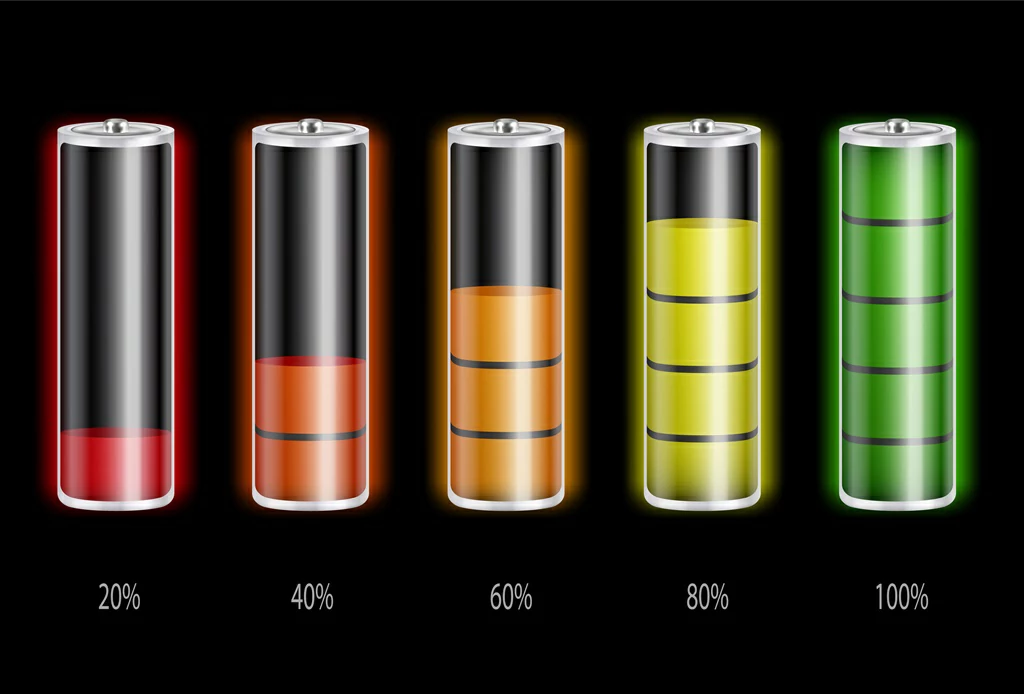Battery Pack Remaining Charge (SOC) With the wide application of...
Battery Pack Remaining Charge (SOC)
With the wide application of electric vehicles, smart home devices and renewable energy storage systems, the management and monitoring of battery packs become more and more important. In the battery management system (BMS), the State of Charge (SOC) is a key parameter, which can help users to know the working state of the battery and its available energy. This paper will deeply discuss the definition, measurement method, influence factors and the importance of the remaining charge of the battery pack in practical applications.
definition
The remaining charge (SOC) is the ratio of the current stored charge of the battery to the rated capacity of the battery, usually expressed as a percentage. SOC values range from 0% to 100%, where:
0% indicates that the battery has been completely discharged and the charge is exhausted;
100% indicates that the battery is fully charged and has reached its maximum storage capacity.
SOC is an important indicator to evaluate the battery status, which can reflect the energy storage and availability of the battery.
The importance of remaining power
SOC is important in battery management for several reasons:
Battery performance monitoring: Knowing the SOC can help to grasp the charging and discharging status of the battery in time, avoid overcharging or overdischarging the battery, and extend the battery life.
Energy management: In electric vehicles and renewable energy systems, SoCs guide the allocation and use of energy, helping to formulate charging strategies and optimize operations.
User experience: For consumers, understanding the SOC can help them to properly schedule the charging and usage time and improve the usability of the device.
Safety protection: Accurate SOC measurement helps to ensure that the battery is operating within a safe range to prevent safety incidents caused by overcharge or overdischarge.
Measurement method of residual power
Coulomb Counting
SOC is calculated by recording the current flows into and out of the battery during charging and discharging, combining the initial SOC and battery capacity. The formula is as follows:
[SOC(t) = SOC_0 + \frac{1}{C} \int_{0}^{t} I(t) dt]
Where, (SOC_0) is the initial SOC, (C) is the rated capacity of the battery, and (I(t)) is the current value at time (t). Although this method is simple and accurate, it may lead to SOC drift due to accumulated errors during long usage.
Open Circuit Voltage (OCV) :
The open circuit voltage of the battery is measured in the steady state and compared with the known voltage-soc relationship table to determine the SOC. This method requires the battery to stand for a period of time without discharging, which is suitable for SOC measurement in static state.
Impedance spectrum method
Multiple inputs such as current, temperature, and historical SOC are analyzed using databases and algorithmic models such as Kalman filters or neural networks to predict SOC. This approach is able to integrate multiple measurements, but requires high computational power.
Factors affecting the accuracy of SOC measurement
The measurement accuracy of SOC is affected by many factors, including:
Temperature: Temperature variation affects the chemical reaction rate and capacity of the battery, which affects the SOC measurement accuracy.
Battery aging: With the increase of the use time, the internal characteristics of the battery change, which may cause the error of SOC calculation to increase.
Current fluctuation: Under high load or fast charging and discharging conditions, the instantaneous fluctuation of current may affect the SOC calculation, especially the Coulomb counting method. Filtering techniques should be used to smooth the current data.
Battery type: Different types of batteries (such as lithium ion, lead acid, etc.) have different relationships between SOC and voltage and capacity, which need to be adjusted accordingly for different battery types.
Conclusion
Remaining Charge (SOC) is a crucial parameter in battery management system, which effectively reflects the current state of the battery and the energy storage capacity. Accurate SOC measurement is essential for battery safety, performance, and lifetime. With the continuous development of battery technology, the monitoring and management methods of SOC are also improving, which provides a guarantee for the wide application of batteries. Understanding the concept of SOC and its importance in various application fields will help users make better use of battery technology and improve the convenience and safety of life.

Home energy storage product series
A lithium battery pack for home energy storage systems, which is compatible with solar panels and the sun The inverter can work together with the power grid to power household appliances, and it can also be used as a For off grid systems.
Extended reading
The function of the battery pack safety valve
The function of the battery pack safety valve With the...
The material for making the positive electrode sheet
A highly integrated backup power solution for solar home energy...
THE ESSC Brand promise
Global supply
Our products sell well all over the world, covering many countries and regions, through the global logistics network, to provide customers with convenient purchasing experience.
Rigorous quality
We adhere to the highest quality control standards to ensure every product meets industry regulations and customer expectations, earning trust through consistent excellence.
Excellent service
With a customer-centric approach, we provide prompt responses, professional support, and personalized services, aiming to deliver the best user experience and long-term value.


